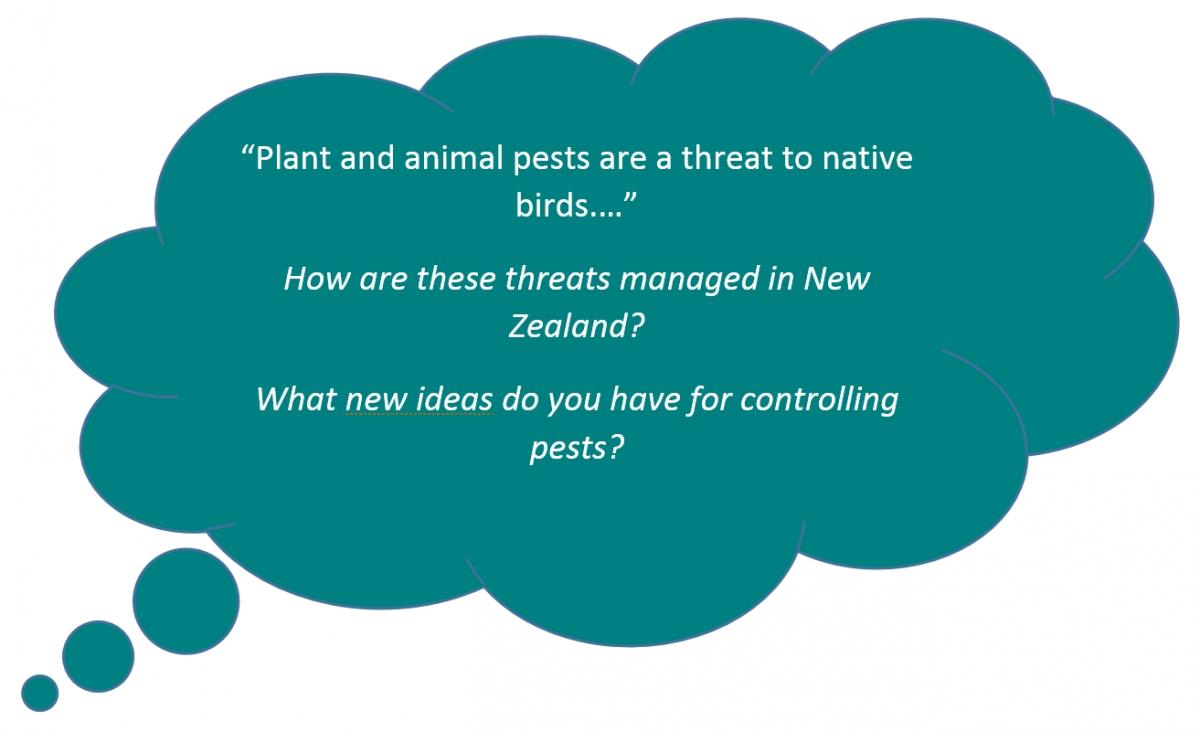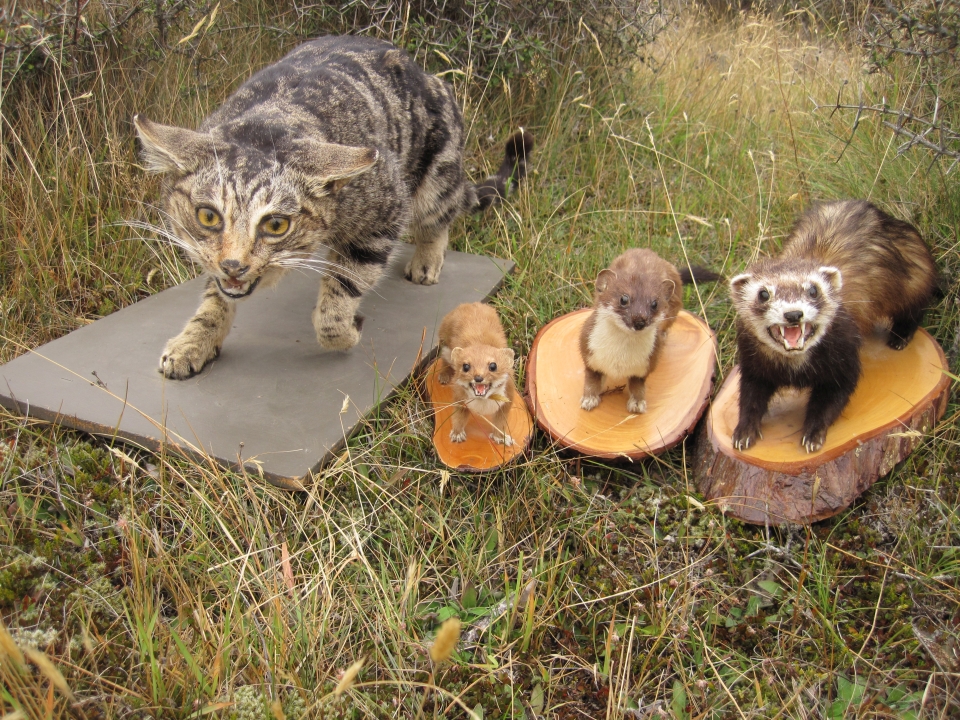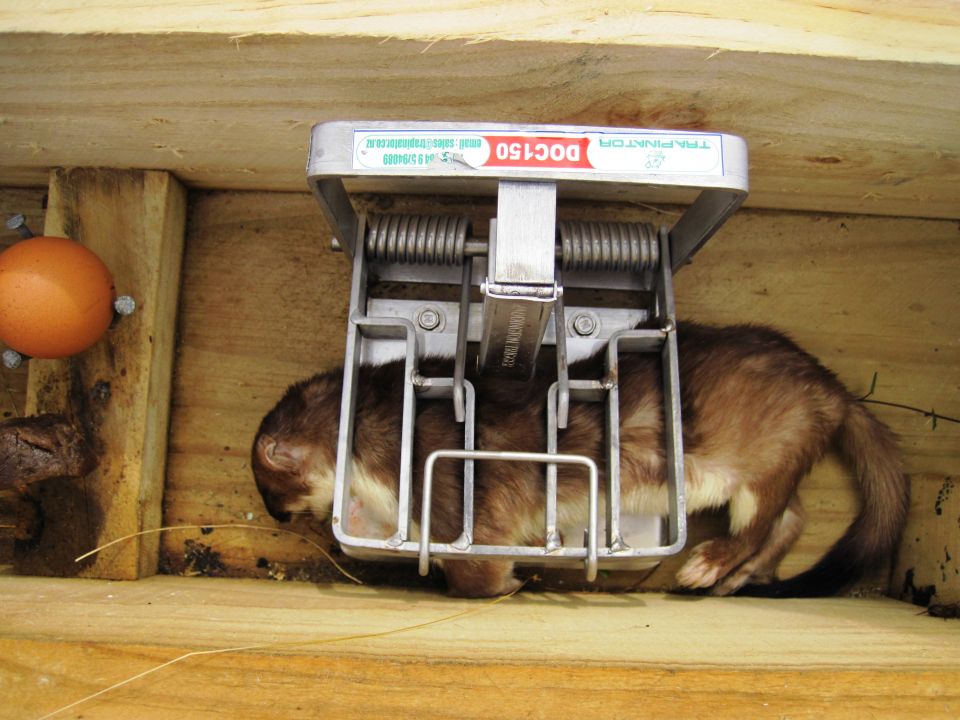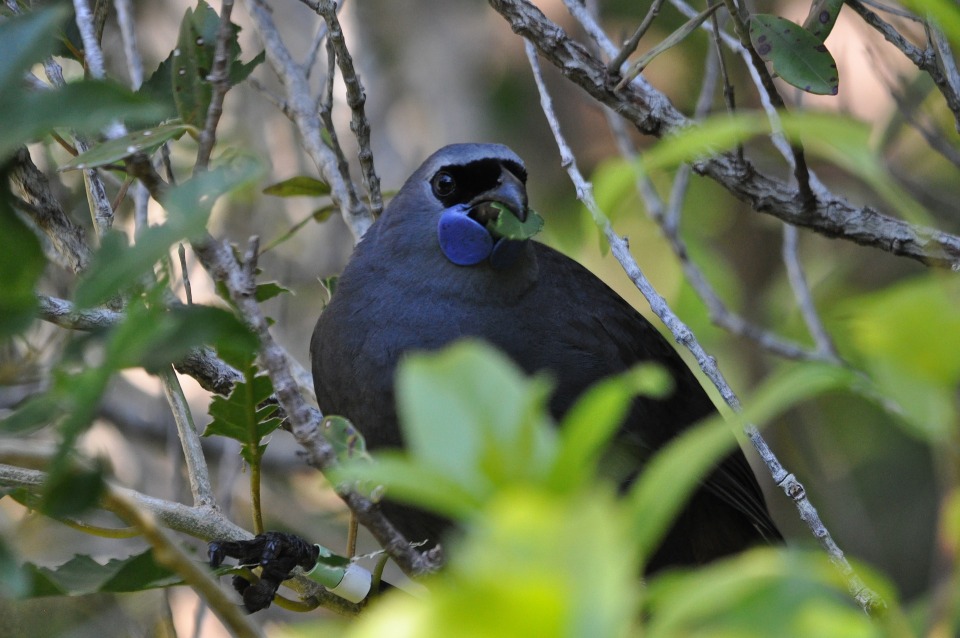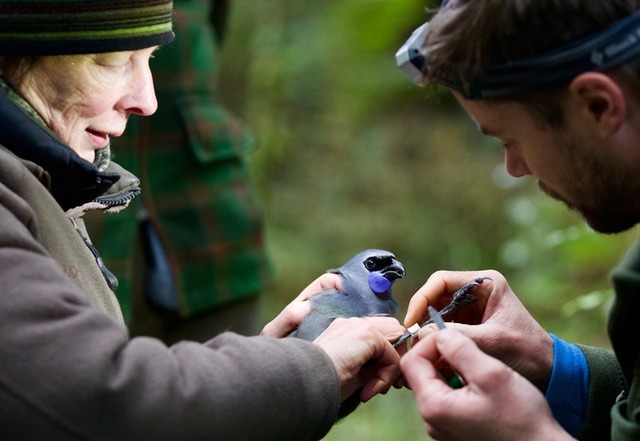For around 65 million years New Zealand birds evolved to life on isolated islands where their only predators were birds. When human settlers arrived, changes came rapidly, and birds were poorly adapted to withstand the new threats to their survival. These threats included:
- hunting
- loss of habitat
- the introduction of predators.
The numbers of our native birds declined rapidly with the arrival of people and some birds such as the moa and huia became extinct.
37% of our bird species are considered threatened. The most recent extinction was the huia in 1907; the takahē was thought to be extinct until small numbers were rediscovered in the Murchison Mountains of Fiordland in 1948; and the kāki/black stilt, has only around 100 adults remaining.
Before people arrived in New Zealand, the land was covered in bush. But three-quarters of it has been burned or cut down.
Predators
People also brought with them animals which ate the bush and its native birds, bats, lizards and insects. These predators include:
- The Mustelids are a small group of predators including; stoats, weasels and ferrets which were brought to New Zealand by people to control rabbits.
- Rats eat birds and their eggs and chicks, lizards, and invertebrates. Rats and mice also eat a wide range of native fruits and other plant material, which puts them in competition with birds for food.
- Possums munch through the native forest ignoring old leaves and selecting the best new growth. Possums compete with birds for habitat and for food such as insects and berries. They also disturb nesting birds and will eat their eggs and chicks.
- Cats both feral and domesticated feed on small birds and chicks.
- Deer and goats compete with birds for food by browsing the shrubs and trees that birds need.
- Pigs stop forest growth by digging up the forest floor in search of grubs and roots.
Reducing threats
Much work has been done to try and protect threatened bird species. This work includes:
- predator control through trapping and poison
- habitat restoration
- breeding programmes
- shifting some species to predator-free offshore islands and mainland sanctuaries
- monitoring, tagging and researching birds.
Kōkako numbers
In the early 1900s the kōkako was common in forests throughout New Zealand. South Island kōkako are now assumed to be extinct. However, it's possible they may survive in low numbers in remote parts of the South Island and Stewart Island. Currently there are no confirmed reports of surviving South Island kōkako.
For the North Island kōkako, there has been a significant decline over the last 20 years. Management is reversing that trend in many areas to the point that the kōkako has been reclassified from Threatened to At Risk: Recovering.
Kōkako and predators
Predation at nests, mainly by ship rats and possums, and occasionally stoats is the main cause of declining numbers of North Island kōkako. Female kōkako are most at risk of predation as they do all the incubation and brooding throughout a 50-day nesting period. Years of such predation have resulted in a population that has far fewer females than males, leading to a low breeding rate.
Complete the threats to kōkako quiz >

